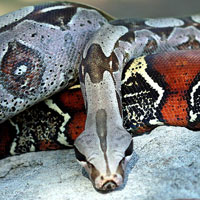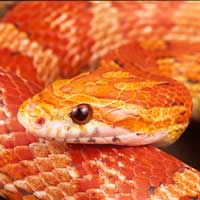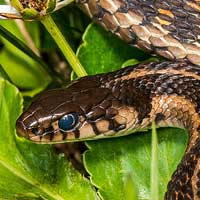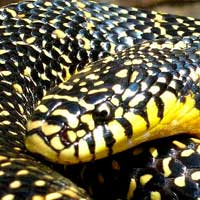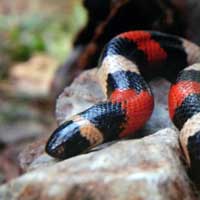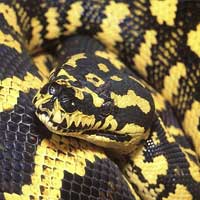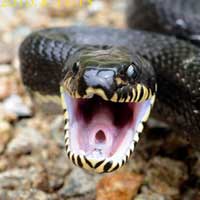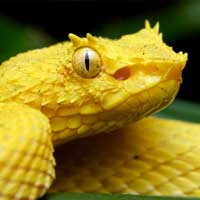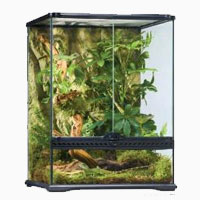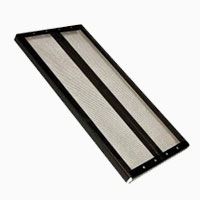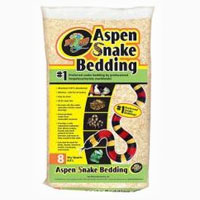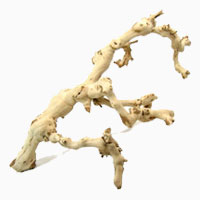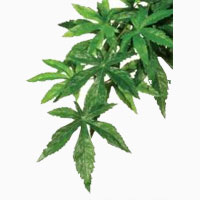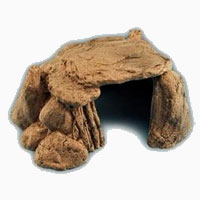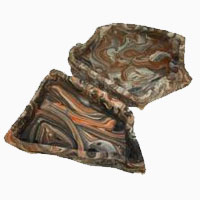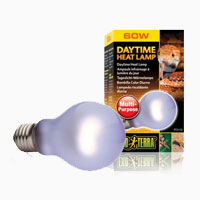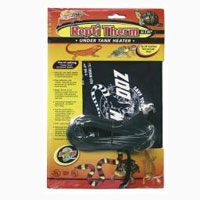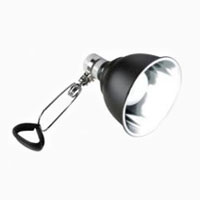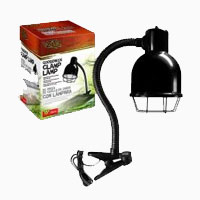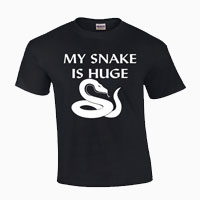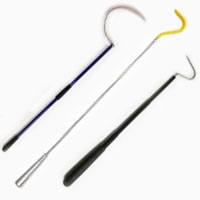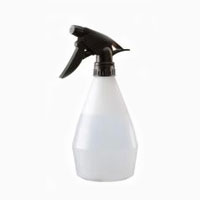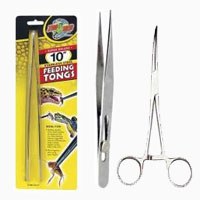Prairie Kingsnake
Scientific Name: Lampropeltis Calligaster Calligaster
Share this Post
This snake, alternatively known as lampropeltis calligaster or the prairie kingsnake, belongs to the kingsnakes species. This snake has ring-like prints on its skin, which give it a distinct appearance; this snake is common in the United States especially in regions such as Texas, Virginia, Florida and Nebraska. Some of the prairie kingsnakes have faded blotches that make it appear to have brown solid color. The juveniles may have one long brown stripe on their backs thus making them unique; they also have a couple of big black spots on the back of their heads and smaller spots along prairie kingsnake large the brown stripes that are on their backs. A prairie kingsnake can have a black or purple color, with brown, red or dark grey blotches. The shades of the blotches sometimes vary depending on climatic changes and the snakes have small mesh-like designs on their skin. These snakes can grow up to a length of thirty to forty inches long and a person can easily mistake it for a rat snake, which has similar markings and share the same habitat.
Prairie Kingsnakes Are Beautiful Creatures
Facts About Prairie Kingsnakes
Geographic Location
Habitat
The prairie kingsnake prefers living in habitats that comprises of open grassland; the prairie snakes prefer dry grassland that has very loose soil and is in forested regions near a permanent water source. These snakes mainly feed on rodents though sometimes they feed on frogs, lizards and other smaller snakes; these snakes do not have venom and they are typically docile.
Behavior
If a person disturbs the prairie snake, it will shake its tail and make a sound like that of a rattlesnake; these snakes are less likely to bite when angry though they sometimes spit. When a person lifts the prairie kingsnake, it omits a musk that has a very foul smell; they also do this when they sense danger. They sometimes flatten and the spots on their bodies turn white when a person threatens them.
